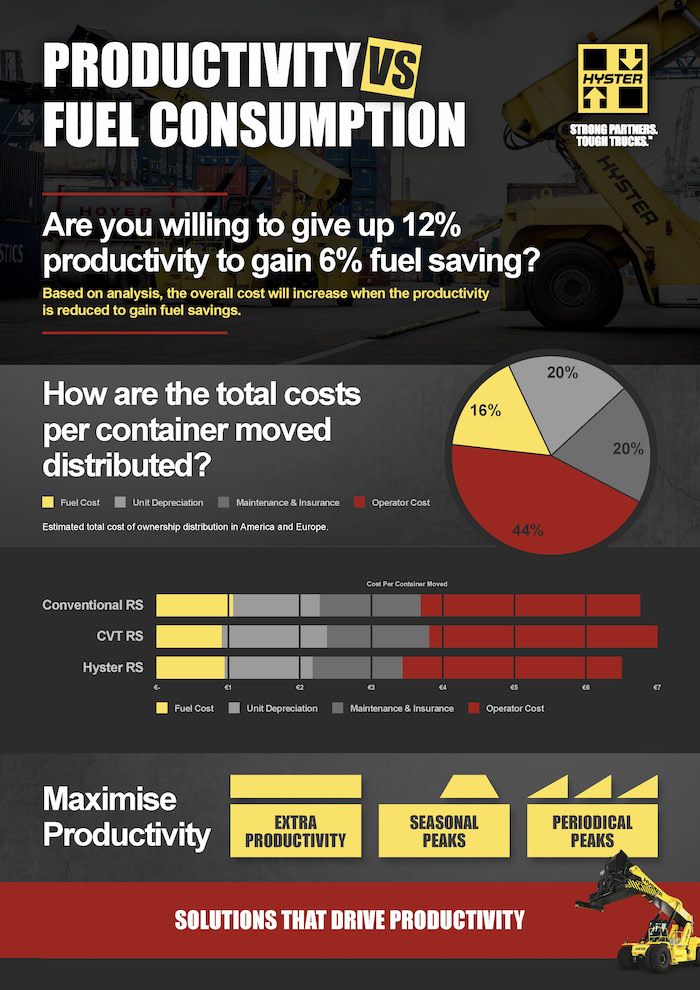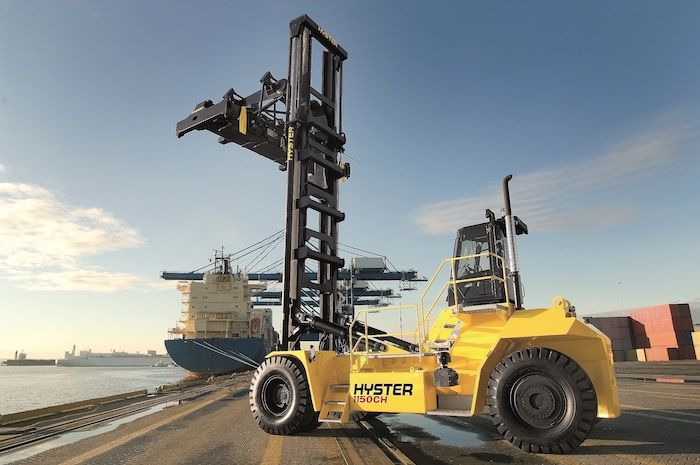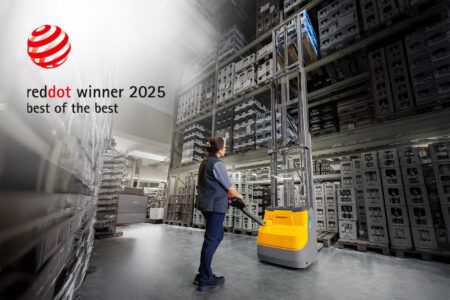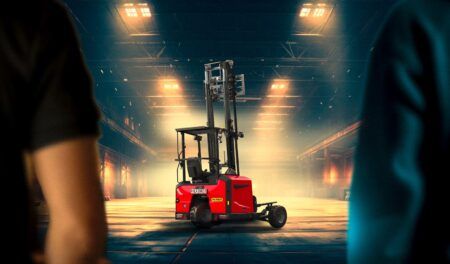In its recent analysis of telematics data, Hyster found that productivity has a greater impact on total cost of operation (TCO) compared with minimising fuel consumption.
Hyster estimates that typically for the European and US markets, 16% of the cost of running a ReachStacker is put down to fuel; 20% is maintenance costs; 20% is depreciation; and 44% of cots are spent on operations, including the driver.
Although Hyster Container Handlers have low fuel consumption rates, their productivity is not compromised.
Hyster has always been at the forefront of fuel saving technologies particularly during the launch of its Stage IV Big Truck range.
“Our approach to fuel savings has always been about the best balance to support busy operations,” said Chris van de Werdt, product strategy manager, EMEA, Big Trucks for Hyster Europe. “Tests we have conducted indicated that the Hyster ReachStacker can be up to 12% more productive than a comparable product.”
“Real-life testing shows that 12% more containers can be moved per truck per hour in many operations, which quickly adds up. Excellent power response and productivity is often much better for operations with seasonal peaks and tight timescales when they need to push harder,” said van de Werdt.
“Hyster Europe offers fast, responsive machines that can help keep drivers fresh and productive,” he said. “Slow machines can lead to complaints, poor staff retention and an inefficient operation, despite marginal savings at the fuel pump.”
“We were the first to bring huge fuel savings to the market, but we did not compromise on productivity,” he said. “As we launch our Stage V range, the fuel savings are significant, but the productivity is exceptional, making this the best balance for operations who want to make real financial savings.”






